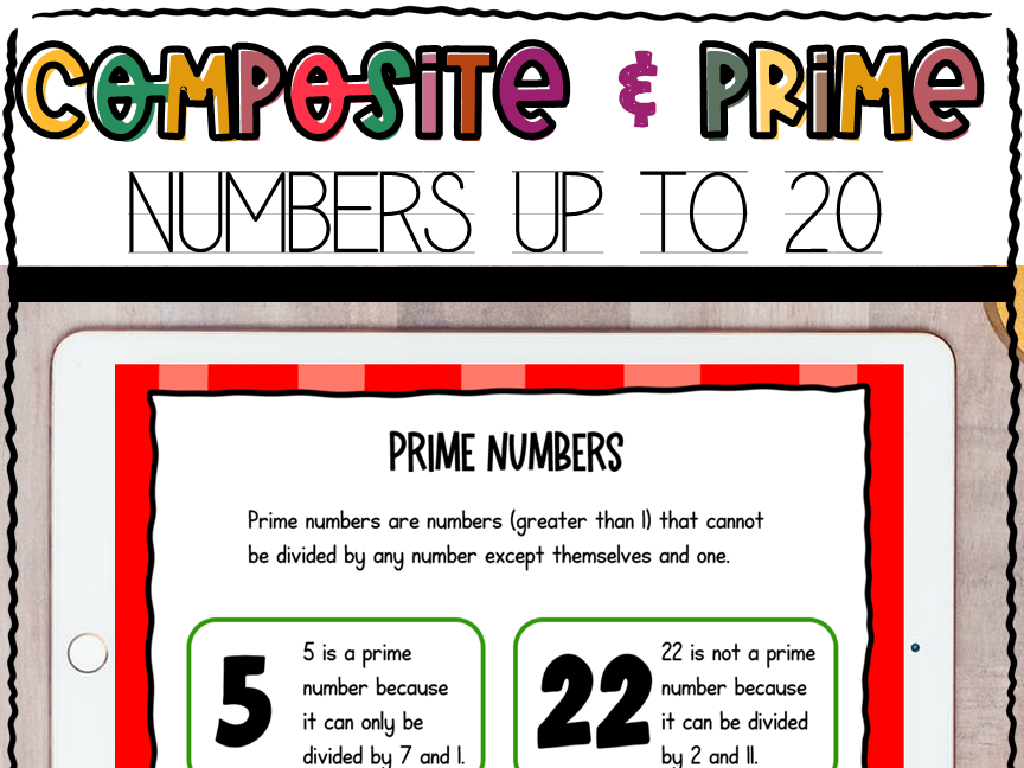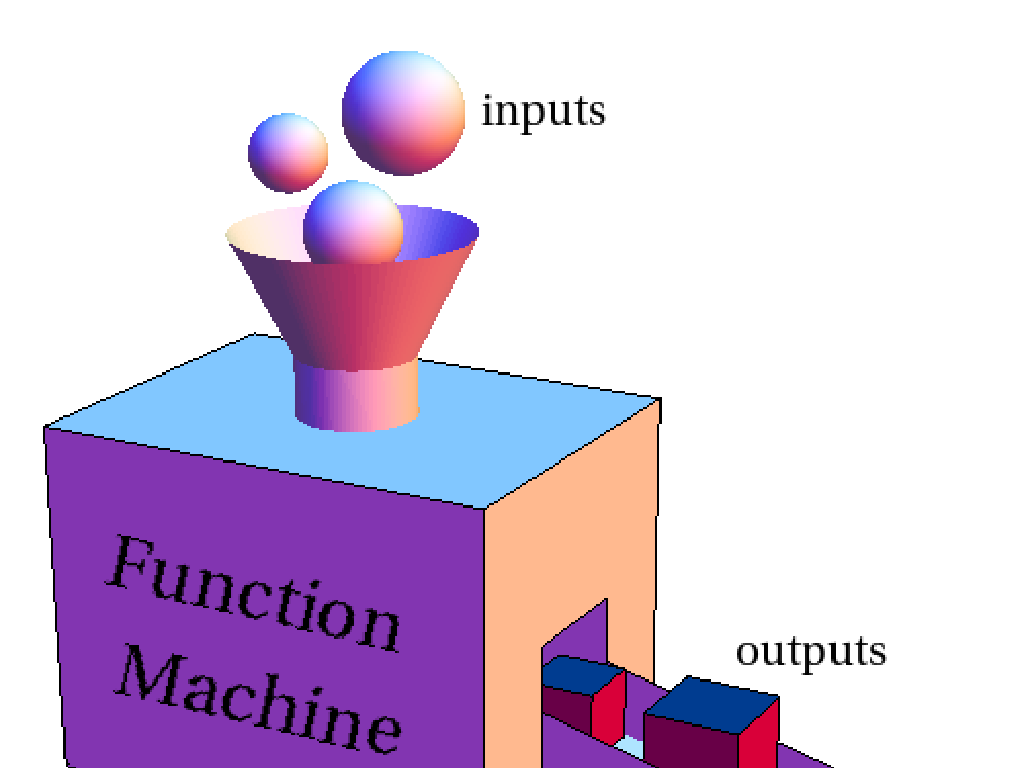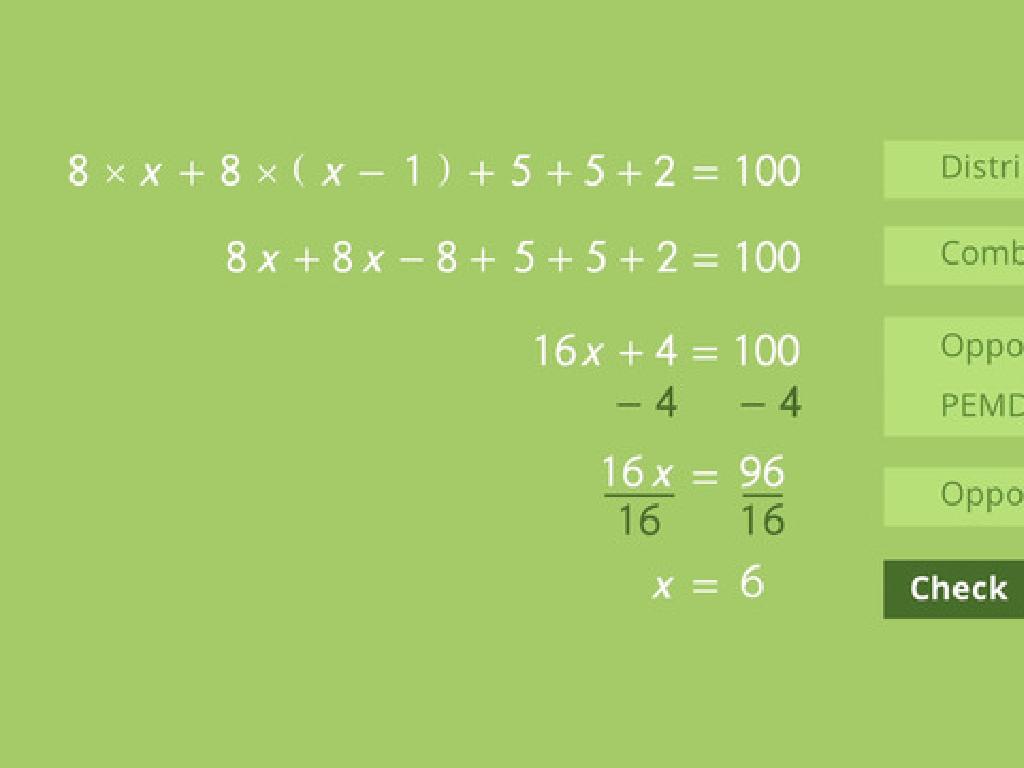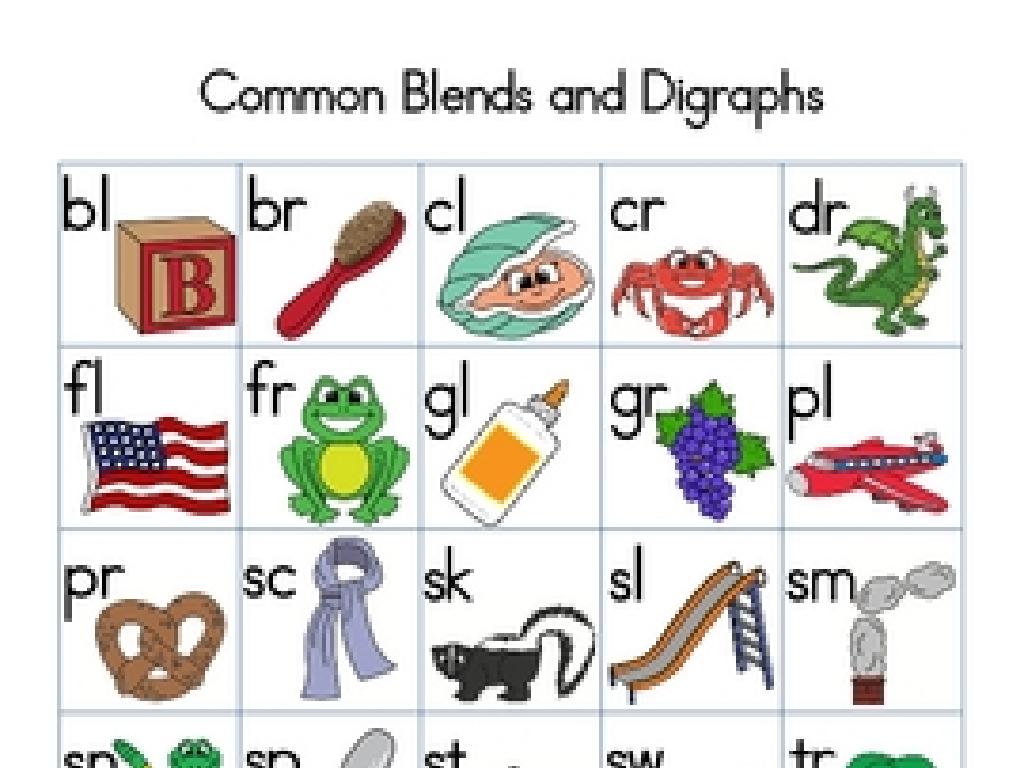Interpret Scatter Plots
Subject: Math
Grade: Eighth grade
Topic: Two-Variable Statistics
Please LOG IN to download the presentation. Access is available to registered users only.
View More Content
Understanding Patterns with Scatter Plots
– Scatter plots reveal patterns
– Visual representation of data points shows trends or correlations
– Explore relationships between variables
– Each point represents a pair of values, one on each axis
– Real-life applications of scatter plots
– Used in various fields like economics, health, and meteorology
– Interpreting data with scatter plots
– Learn to draw conclusions from the plot’s shape and point distribution
|
This slide introduces students to the concept of scatter plots as a tool in two-variable statistics. Scatter plots are graphs that show the relationship between two sets of data. By plotting each data point on an x and y axis, we can observe patterns and determine if there is a correlation between the variables. These plots are widely used in real-world applications to analyze trends and make predictions. For example, a scatter plot can show the relationship between hours studied and test scores, helping to visualize the impact of study time on performance. Encourage students to think of other examples where scatter plots might be useful. The goal is for students to understand how to interpret these graphs and apply this knowledge to real-life situations.
Understanding Scatter Plots
– Define a scatter plot
– A graph with points plotted to show a possible relationship between two sets of data.
– Scatter plots show data visually
– Points on the graph represent the intersection of data for two variables.
– Each point is an observation
– For example, one point could represent a student’s height and test score.
– Scatter plots reveal trends
|
A scatter plot is a type of graph used to display and compare two different variables. Each point on the graph represents an individual data point from the dataset. This slide will introduce students to the concept of scatter plots, emphasizing their role in visually representing data. It’s important to explain that the position of each point on the horizontal and vertical axis corresponds to its values for the two variables being plotted. Scatter plots are particularly useful for identifying trends, patterns, and potential correlations between variables. Encourage students to think about how scatter plots might show the relationship between study time and test scores, or daily exercise and energy levels.
Creating a Scatter Plot
– Select variables for axes
– Choose which variable goes on the x-axis (independent) and y-axis (dependent).
– Plot data points accurately
– Mark each pair of values as a point on the graph.
– Comprehend scale and intervals
– Scale is the range of values, intervals are the divisions between them.
– Analyze the plotted data
|
This slide introduces students to the basics of creating a scatter plot, a type of graph used in statistics to show the relationship between two variables. Start by explaining how to select appropriate variables for the x-axis (independent variable) and y-axis (dependent variable). Emphasize the importance of plotting data points accurately to reflect the information correctly. Discuss how to determine the scale and intervals on both axes to ensure that the data is easy to read and interpret. Finally, guide students on how to begin analyzing the data by looking for patterns or trends that emerge from the scatter plot. Provide examples and encourage students to practice with data sets to solidify their understanding.
Interpreting Scatter Plots
– Identify patterns in data
– Look for clusters or spreads in the plot
– Determine correlation type
– Positive, negative, or none: direction of the relationship
– Recognize outliers
– Points that fall far from the main group
– Understand outliers’ significance
– Outliers can indicate exceptions or errors in data
|
This slide aims to teach students how to interpret scatter plots by identifying patterns and trends within the data. Students should learn to observe the general direction of the data points to determine if there is a positive, negative, or no correlation. They should also be able to spot outliers and understand what these points might indicate about the data set, such as exceptions to the trend or potential errors in data collection. Encourage students to practice by analyzing various scatter plots and discussing their observations in groups. Provide examples with clear patterns and outliers to illustrate these concepts effectively.
Understanding the Correlation Coefficient
– Define correlation coefficient
– A statistical measure of the relationship between two variables
– Correlation values range
– Values vary between -1 (perfect negative) to +1 (perfect positive)
– Examples of correlation strength
– Strong correlation: points close together. Weak: points loosely scattered
– Interpreting no correlation
– No correlation: points are randomly dispersed, no clear pattern
|
The correlation coefficient is a key concept in understanding scatter plots as it quantifies the degree to which two variables are related. The value of the correlation coefficient ranges from -1 to 1, where -1 indicates a perfect negative correlation, 0 indicates no correlation, and +1 indicates a perfect positive correlation. Provide students with examples of strong, weak, and no correlation by showing different scatter plots. For strong correlation, points will lie close to a straight line, while for weak correlation, they will be more spread out. No correlation is observed when there is no discernible pattern or trend in the scatter of points. Encourage students to practice by looking at various scatter plots and guessing the correlation before calculating it.
Real-World Scatter Plot Examples
– Correlation of height and shoe size
– Taller people often have larger shoe sizes.
– Study time impact on test scores
– More study time can lead to better test results.
– Age relation to data usage
– Teenagers might use more data than adults.
– Analyzing patterns in data
|
This slide presents real-world examples to help students understand the practical application of scatter plots in interpreting two-variable statistics. By examining the relationship between height and shoe size, students can see a positive correlation where an increase in one variable is associated with an increase in the other. The study time versus test scores example can illustrate either a positive correlation or no correlation, depending on the data. Age versus monthly cell phone data usage might show different trends, such as higher usage in younger age groups. Encourage students to think critically about why these relationships exist and how scatter plots help visualize them. Discuss with students how to identify patterns, trends, and correlations in scatter plots and what these might mean in real-world scenarios.
Class Activity: Create Your Scatter Plot
– Team up and choose a topic
– Collect and record your data
– Plot data points on graph paper
– Mark each data point where the x and y values meet
– Present plot and interpretation
– Explain what your scatter plot shows about the relationship between the variables
|
This activity is designed to provide hands-on experience with scatter plots. Students should work in pairs to select a topic that interests them, such as the relationship between study time and test scores, or daily temperature and ice cream sales. They will then gather relevant data and plot the points on graph paper, paying attention to the scales on both axes. Once completed, each pair will present their scatter plot to the class and interpret the data, discussing any patterns or trends they observe and what those might suggest about the relationship between the two variables. For the teacher: Prepare a list of suggested topics, ensure students understand how to scale their axes, and provide examples of how to interpret different patterns in scatter plots, such as positive correlation, negative correlation, or no correlation.
Scatter Plot Interpretation: Conclusion & Recap
– Review scatter plot concepts
– Correlation significance
– Correlation measures the strength of the relationship between variables
– Engage in Q&A session
– Summarize key takeaways
|
This slide aims to consolidate the students’ understanding of scatter plots and their role in statistics. Begin by reviewing the main points about how to interpret scatter plots, such as identifying trends and patterns. Emphasize the importance of correlation and its role in determining the relationship between two variables. Encourage students to ask questions to clarify their understanding. Conclude by summarizing the key takeaways from the lesson, ensuring students grasp the concept of using scatter plots to visualize data relationships in statistics.





